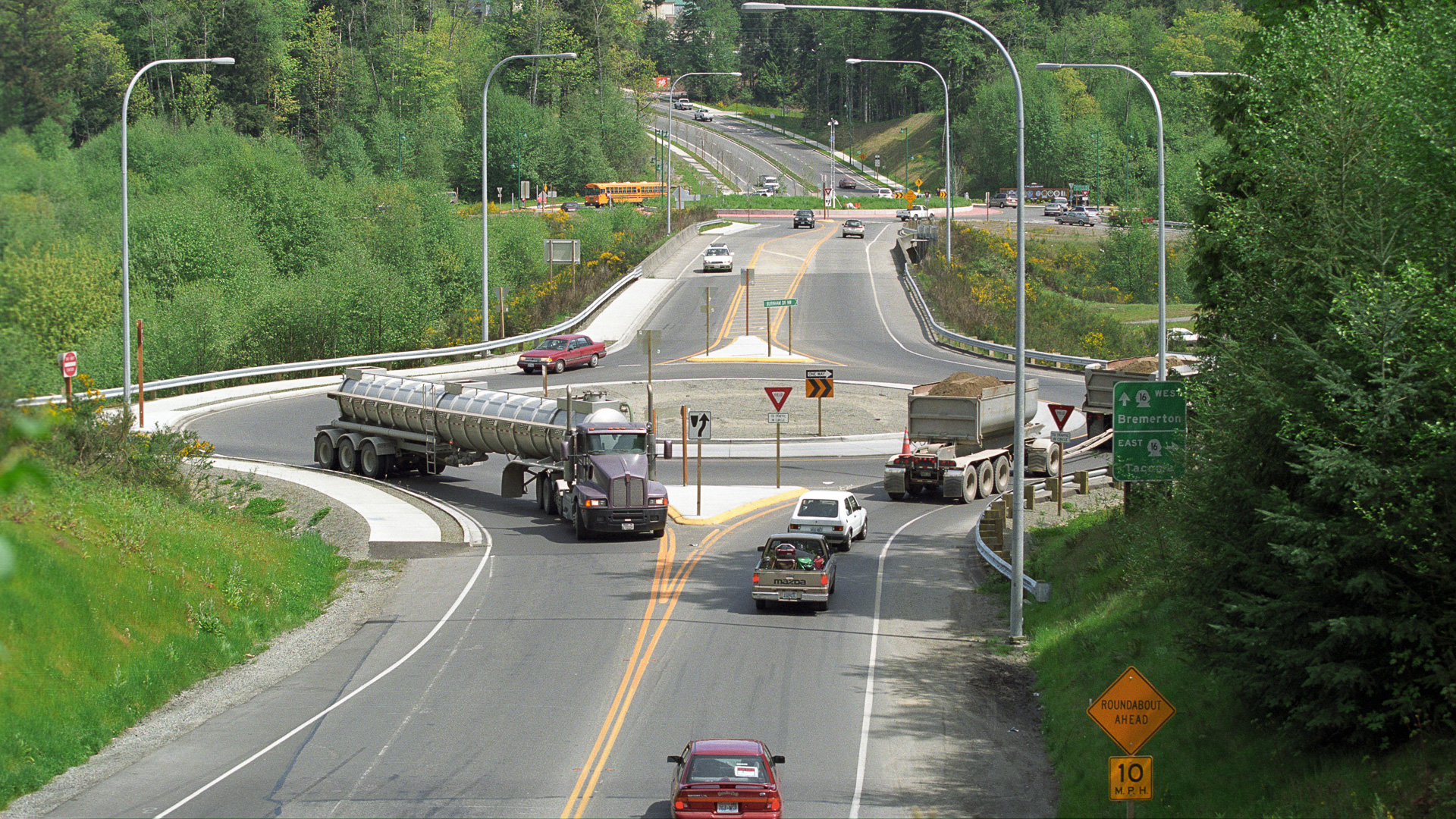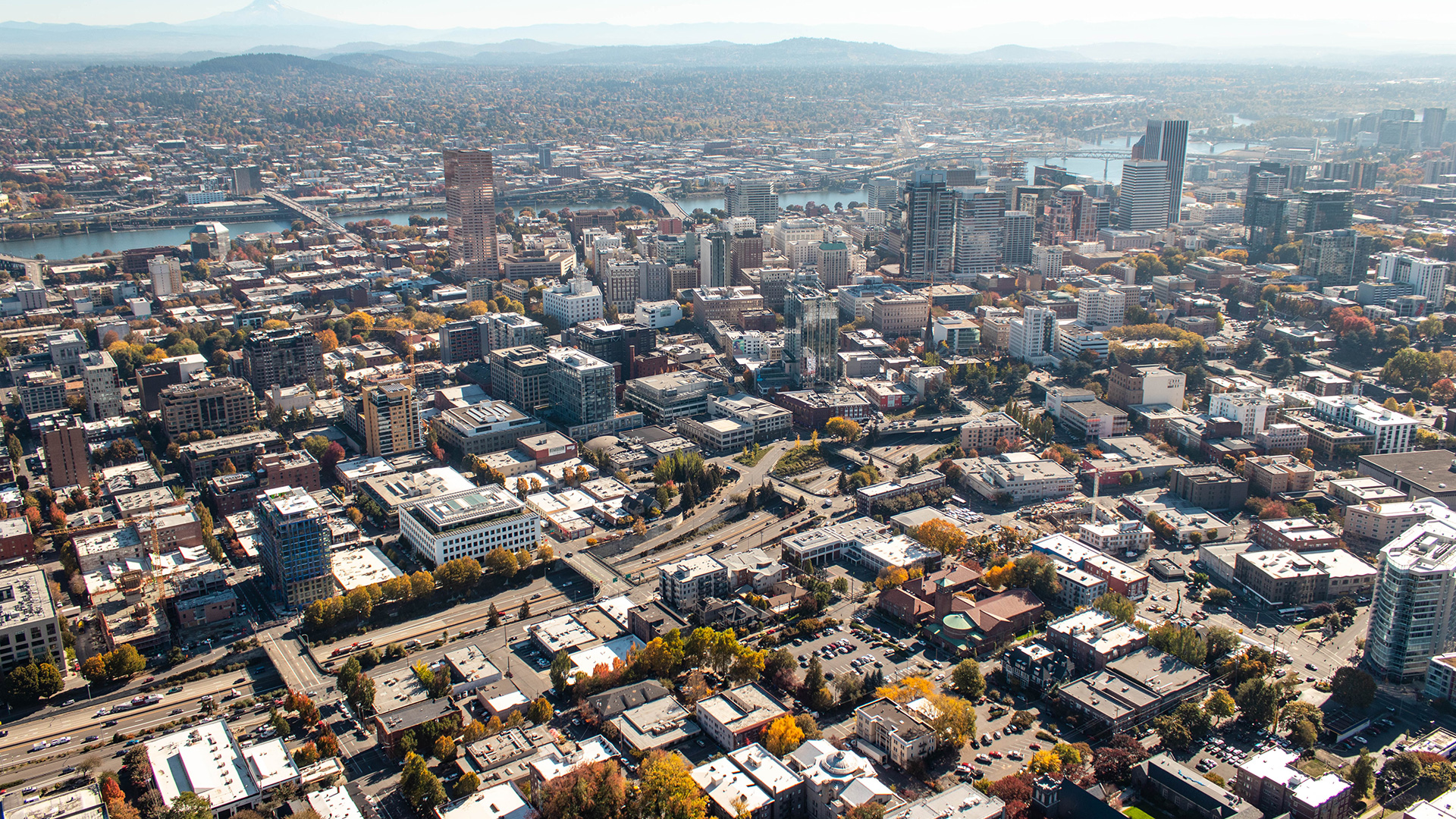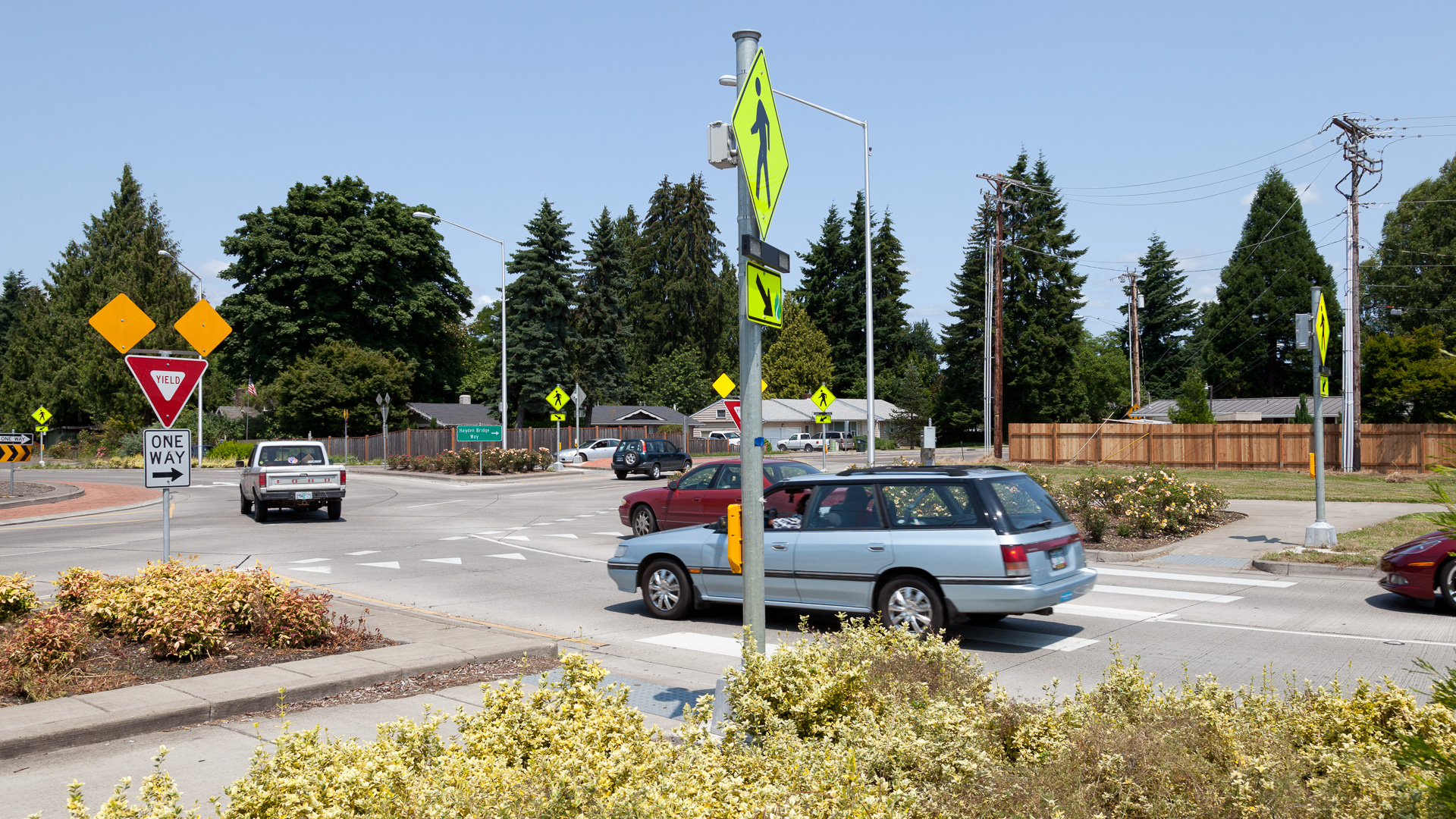Challenge
Traffic signal timing is traditionally developed to minimize vehicle delay at signalized intersections. This often results in degraded safety and mobility for people who walk and bike through these intersections. How can we overcome these challenges and ensure traffic signals do not create barriers for pedestrians and cyclists while maintaining the need for vehicles?
Solution
Along with Peter Furth, Ray Saeidi-Razavi, and Janet Barlow, Kittelson led research to develop new performance measures-pedestrian delay and lowest pedestrian speed accommodated-and a toolbox of treatments at signalized intersections to improve pedestrian and bicyclist experiences by elevating safety considerations, reducing their delay, and enhancing accessibility.
The Outcome
Timing Signals With Pedestrians and Bicyclists in Mind
NCHRP Report 969: Traffic Signal Control Strategies for Pedestrians and Bicyclists advises on considering pedestrian delay as part of an intersection analysis, and provides methods to calculate lowest pedestrian speed accommodated at a signalized intersection as a way of quantifying accessibility. It also provides 28 unique treatments to make intersections more friendly for pedestrians and cyclists. Ultimately, to overcome challenges for people walking and biking and create an accessible and safe environment for everyone, pedestrians and bicyclists should be integrated into the signal design and timing optimization process rather than being an afterthought.



